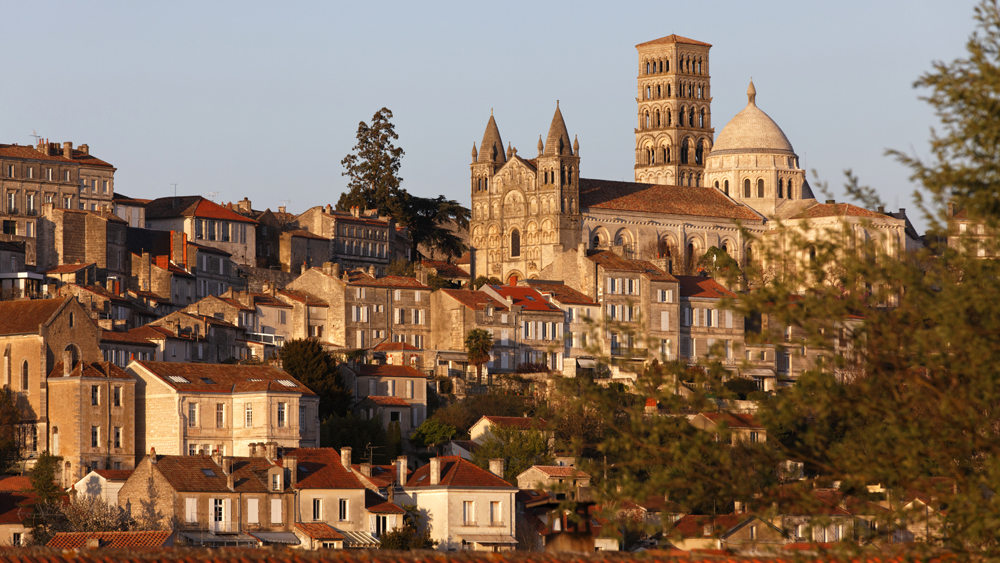Angouleme Delivers for Wes Anderson’s ‘The French Dispatch’ Shoot
By Ben Croll
LOS ANGELES (Variety.com) – Dotted by hilltop views and an historic city-center, Angouleme in the Southwest of France has, in recent years, developed into a minor production hub for the Gallic industry. Benefiting from its status as France’s cartoonist and graphic arts capital, the city has become renowned for its animation and post-production infrastructure, boasting more than 30 animation studios and nearly twice as many digital and multimedia outfits.
And though the modest-sized municipality often plays host to a handful of local live-action film and television shoots each year, it recently found itself accommodating its largest production to date when Wes Anderson decided to decamp to the provincial capital to shoot his upcoming feature “The French Dispatch.”
With an estimated budget of $25 million, and a cast that mixes Anderson regulars Tilda Swinton, Owen Wilson and Bill Murray with newcomers like Timothée Chalamet, Benicio Del Toro and Kate Winslet, the film marked the largest-scale Hollywood shoot to hit the area since Steven Spielberg shot scenes from “Raiders of the Lost Ark” in the nearby La Rochelle in the early 1980s – and even then, Spielberg and crew only stayed for four days.
Once Anderson picked Angouleme – swayed, apparently, by the location’s Old World architecture, which would be helpful for his 1950s-set film – production descended on the hillside city, kicking off a nearly six-month shoot that ran from November 2018 to March 2019 and that swept many locals right into the fray.
“Everyone mobilized to host this exceptional project,” says David Beauvallet, director of communications at the city’s audio-visual development body, Magelis. “Angouleme was able to welcome a production of such international scope because for 20 years we have created and maintained a high level of activity in the field, and thus had a substantial pool of local technicians and seasoned extras [to provide.]”
Indeed, Angouleme-based technicians made up 40% of the film’s overall crew, while local business and schools kicked in supplies and locations, and 900 citizens joined the cast as paid extras. And as the project benefited from France’s 30% tax rebate, it also received €150,000 ($167,000) in production grant from Nouvelle-Aquitaine administrative region.
Though the city does not have any productions of commensurate scale planned for the near future, it does hope to capitalize on its unprecedented exposure when “The French Dispatch” – which is expected to premiere at one of the major European festivals – comes out later this year. A collective of Angouleme-based cartoonists will release a graphic novel detailing their own experiences with the shoot, while two local businessmen have taken a former factory that was repurposed as a soundstage and plan to develop it into a permanent production facility.
All in all, Beauvallet does hope that the upcoming film helps dispel certain misconceptions. “Big international productions tend to shoot in Paris,” he explains. “They want the street scenes, the Eiffel Tower in the background, and they think it will be easier in terms of logistics, while shooting in [other parts of France] tends to worry them more. We showed that a small town in France could host a production of such scale because we have an ecosystem already in place. We had all the technicians, production staff, and casting heads right here. And it worked out great.”

